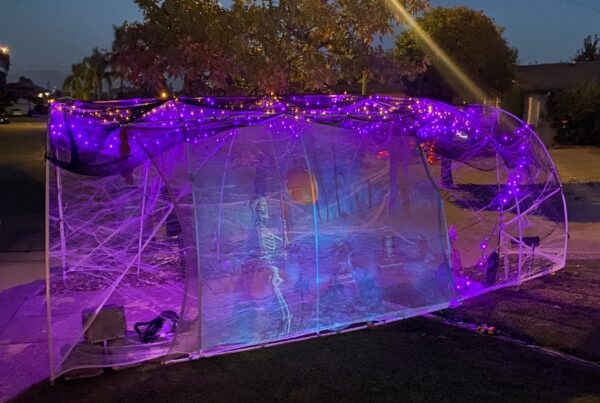
We recently embarked on a unique family adventure, taking the kids up to Henry Coe State Park to witness a fascinating natural phenomenon—tarantula mating season. Yes, tarantulas—the big, hairy spiders that often feature in our nightmares. Now, I have to begin this tale by admitting something upfront: I am absolutely terrified of spiders. My fear runs deep. So, why on earth would we intentionally seek out these eight-legged creatures?
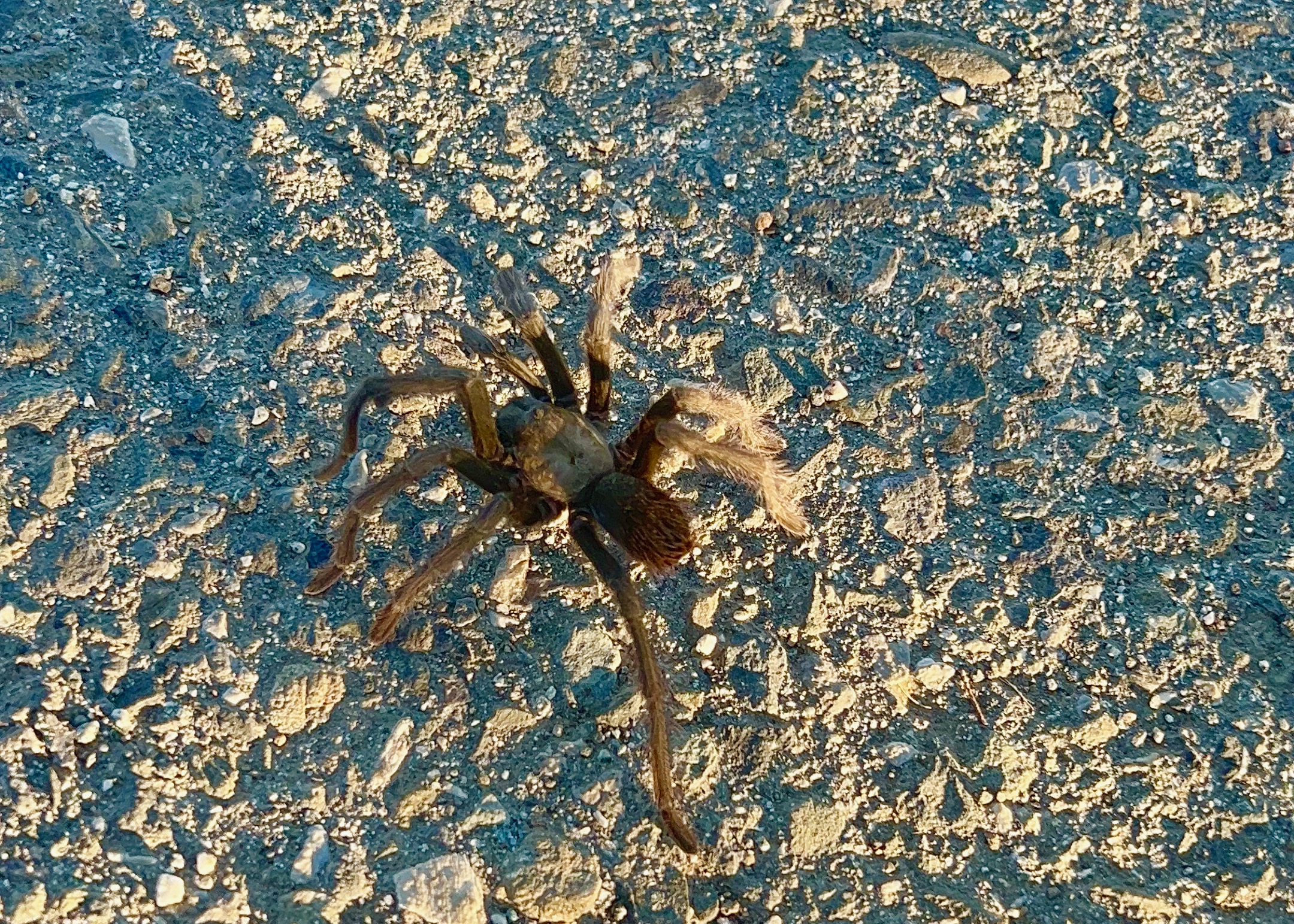
Seeking Out Tarantulas
The motivation behind our tarantula quest was the knowledge that it was tarantula mating season in the mountains near our home. During this period, tarantulas emerge from their dens in search of potential mates. Knowing that my daughter has a genuine fascination with bugs, I thought she and my son might find this experience intriguing. Unfortunately, instead of being intrigued, they were initially quite terrified by the prospect. Paradoxically, this made me feel even more compelled to embark on this adventure, hoping it would help us conquer our shared fears.
I won’t sugarcoat it; we were all rather nervous as we made our way to Henry Coe State Park. Our imaginations had run wild, conjuring up scenarios straight out of a horror movie—thousands of spiders swarming us, attacking with malevolent intent. Thankfully, reality had something else in store for us.
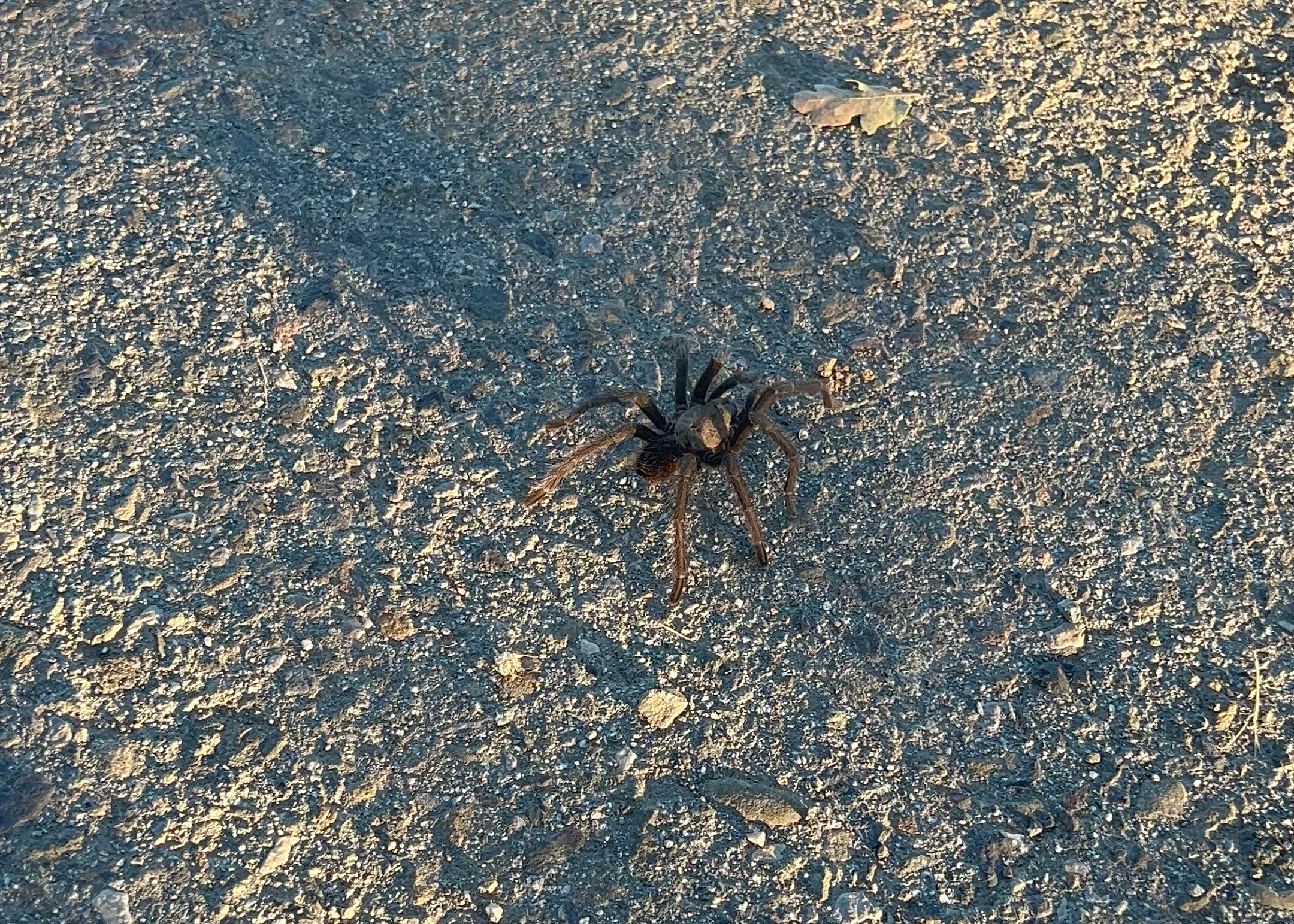
First Encounter
Our first encounter with a tarantula happened right on the road leading to the park entrance. Yes, these spiders are indeed large enough to be spotted as they casually stroll along the road! Witnessing our first tarantula from the safety of our car provided a glimmer of reassurance. It didn’t appear as menacing as our overactive imaginations had led us to believe.
Upon reaching the park, we stopped at the ranger station, where a very friendly ranger eagerly pointed out the best hiking trails and areas where we were most likely to encounter our eight-legged friends.
Surprisingly, we found that most of the tarantulas were out on the road itself. Given their impressive camouflage abilities, spotting them in the brush was considerably more challenging. On the asphalt, they stood out conspicuously, defying our expectations.
Fascinating Insights from Our Adventure
- Contrary to our initial expectations, tarantulas are surprisingly slow-moving creatures. Observing their leisurely pace in the open made us realize just how vulnerable they can be to potential predators. This reality became especially apparent when we witnessed a flock of geese converging on one, likely eyeing it as a tasty meal.
- Tarantula mating season spans from August through early October. To increase your chances of encountering these furry arachnids, planning a visit during this time of year is advisable. They tend to be most easily spotted right before sunset when they become more active.
- Remarkably, female tarantulas have a remarkably long lifespan, spanning 20 to 25 years. In contrast, the males have a significantly shorter life expectancy, living only about 7 to 8 years.
- One valuable lesson we gleaned from our tarantula adventure was that creatures like spiders are far less intimidating when you anticipate and actively search for them. Had the situation been the opposite, with us stumbling upon a tarantula by surprise, it might have resulted in a different reaction—possibly passing out from sheer fear.
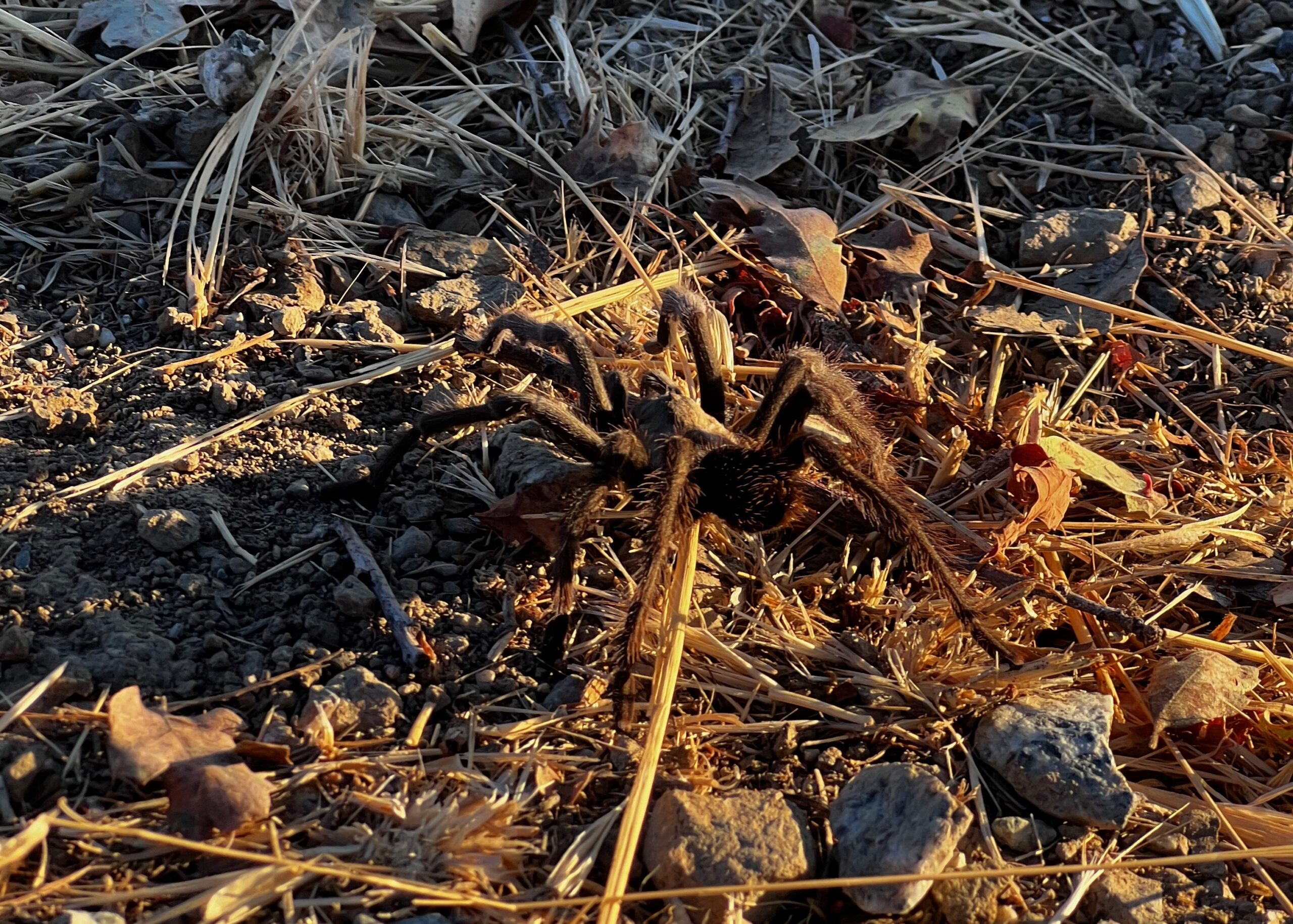
Tips for a Successful Encounter
To maximize your chances of spotting these fascinating creatures, plan your visit during mating season, which typically spans from late August through early October. Here are a few tips to enhance your tarantula sighting experience:
- Twilight Treasures: Tarantulas tend to be most active and visible right before sunset. Make sure to time your visit during this period for the best chances of an encounter.
- Roadway Watch: Surprisingly, tarantulas are often found strolling along roadsides, making them more conspicuous against the pavement. Keep a watchful eye as you traverse the park’s roads, and you might just spot one in plain sight.
- Quiet Observation: When exploring the brush and foliage, proceed quietly and attentively. Tarantulas are well-camouflaged, so scan the surroundings patiently, looking for any movement or signs of these arachnids.
- Natural Patience: Remember that tarantulas are not known for their speed. If you spot one, take your time observing it from a safe distance. Avoid sudden movements or loud noises that might startle them.
- Spooky Holes: Tarantulas create distinctive silk-lined burrows in the ground, which you might encounter during your observations. These burrows can sometimes be adorned with intricate webs.
With these tips in mind, you’ll be well-prepared to uncover the enchanting world of tarantulas during their fascinating mating season.
- Mount Diablo State Park: 96 Mitchell Canyon Road, Clayton, CA 94517.
- Henry W. Coe State Park: 9000 E. Dunne Ave., Morgan Hill, CA 95037.
- Sunol Regional Wilderness: 1895 Geary Rd., Sunol, CA 94586.
- Coyote Reservoir: Coyote Reservoir Rd, Gilroy, CA 95020.
- Joseph D. Grant County Park: 18405 Mt. Hamilton Rd, San Jose, CA 95140.
- Mount Hamilton: Mount Hamilton, San Jose, CA 95140.
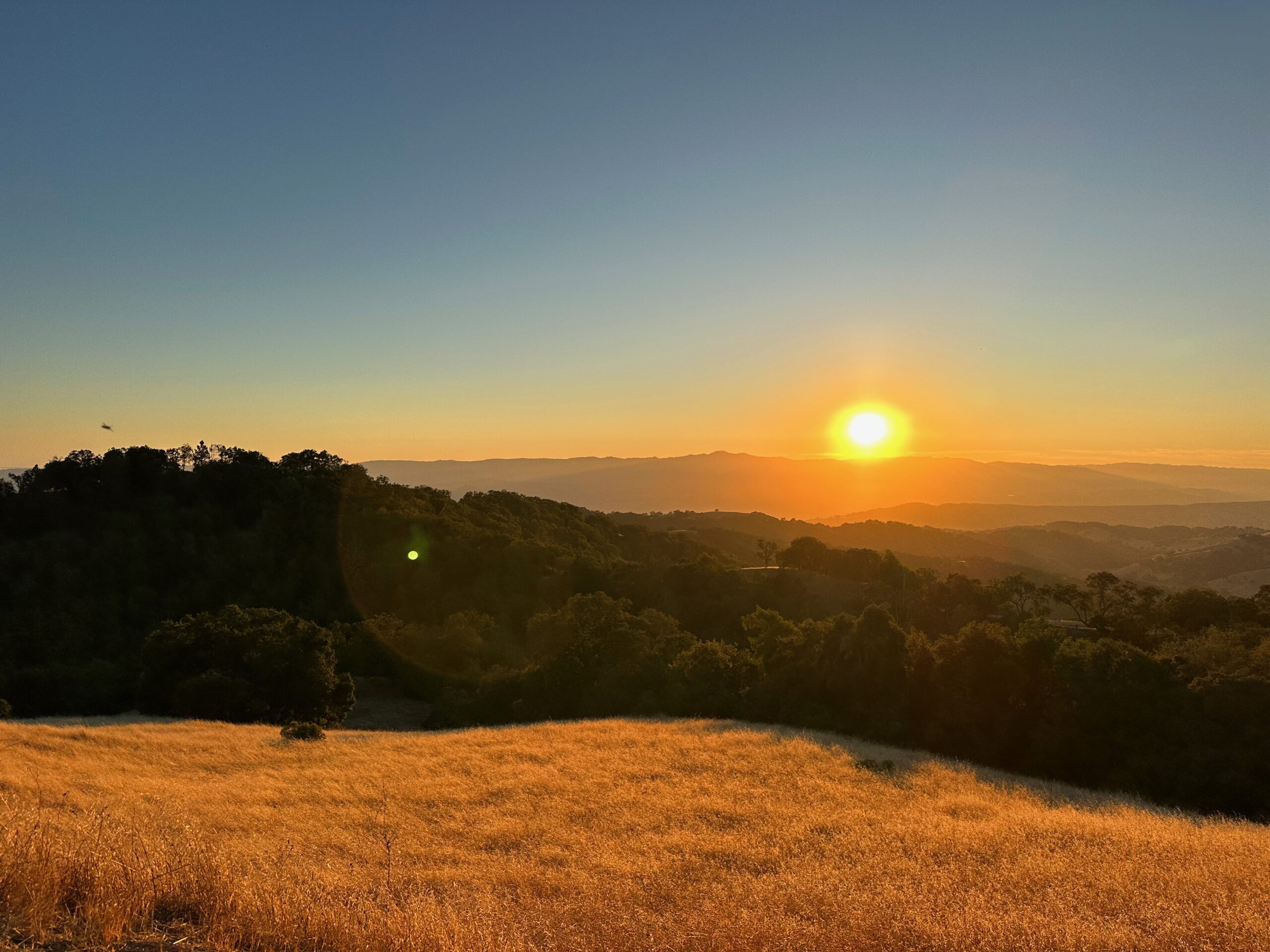
If you are looking for other fun and unique things to do in the bay be sure area check out my post on our visit to Safari West.

Mom of two and seeking sanity in the everyday. Let’s chat about family, school struggles, travel, and living our best life. Located in the San Francisco Bay area.





